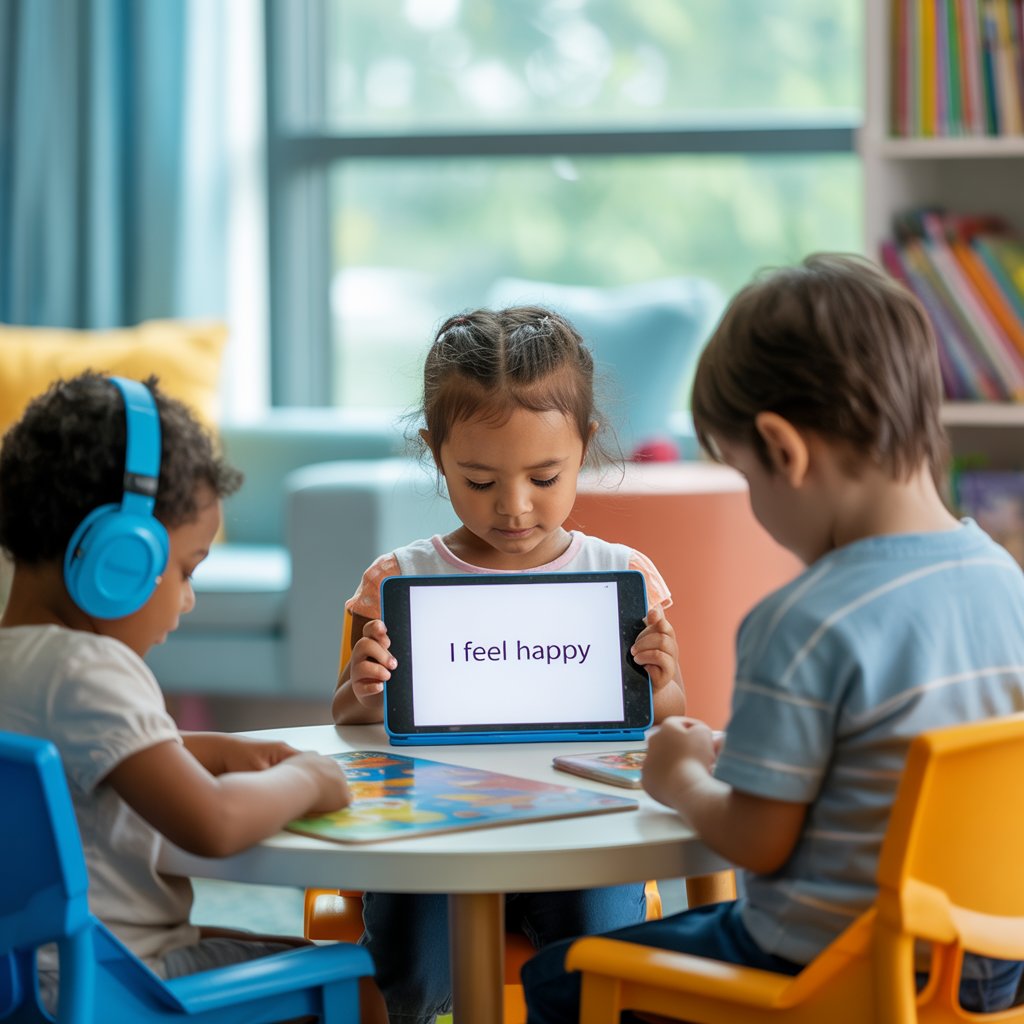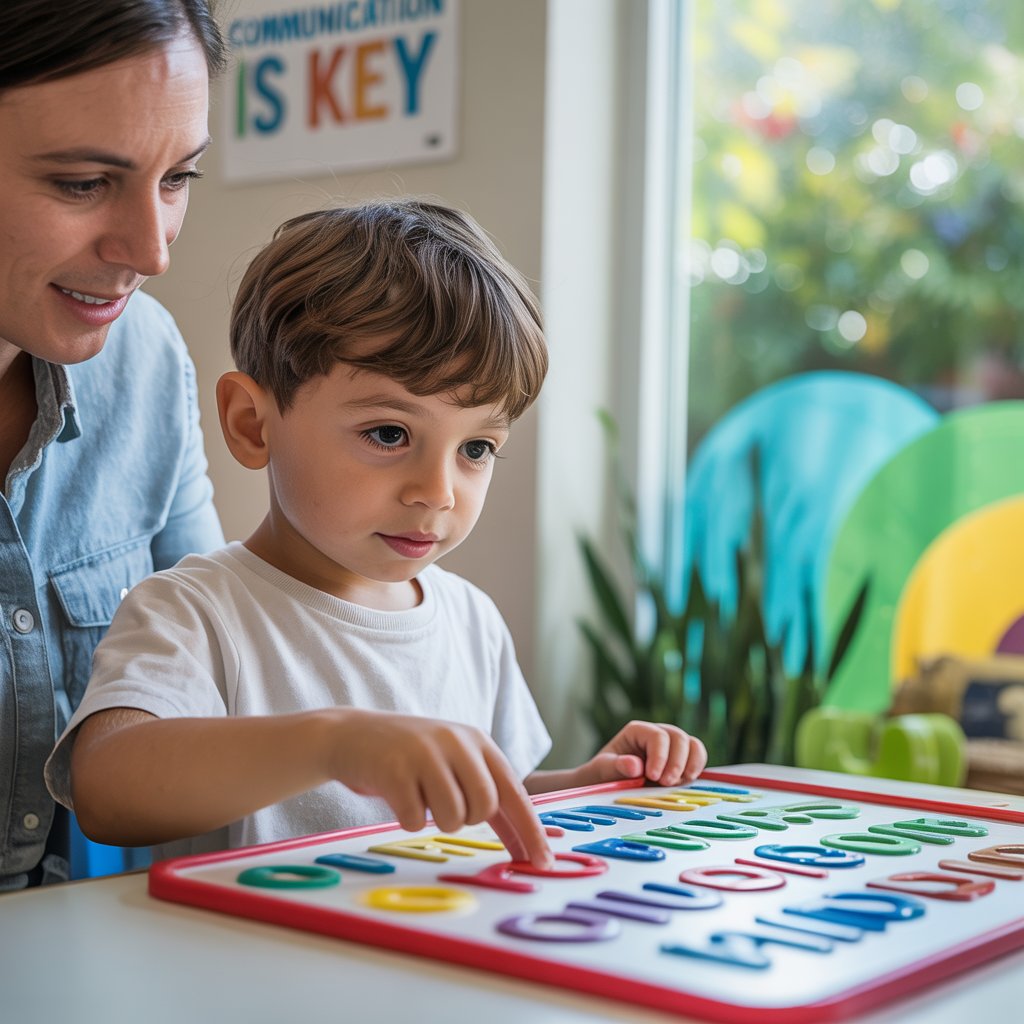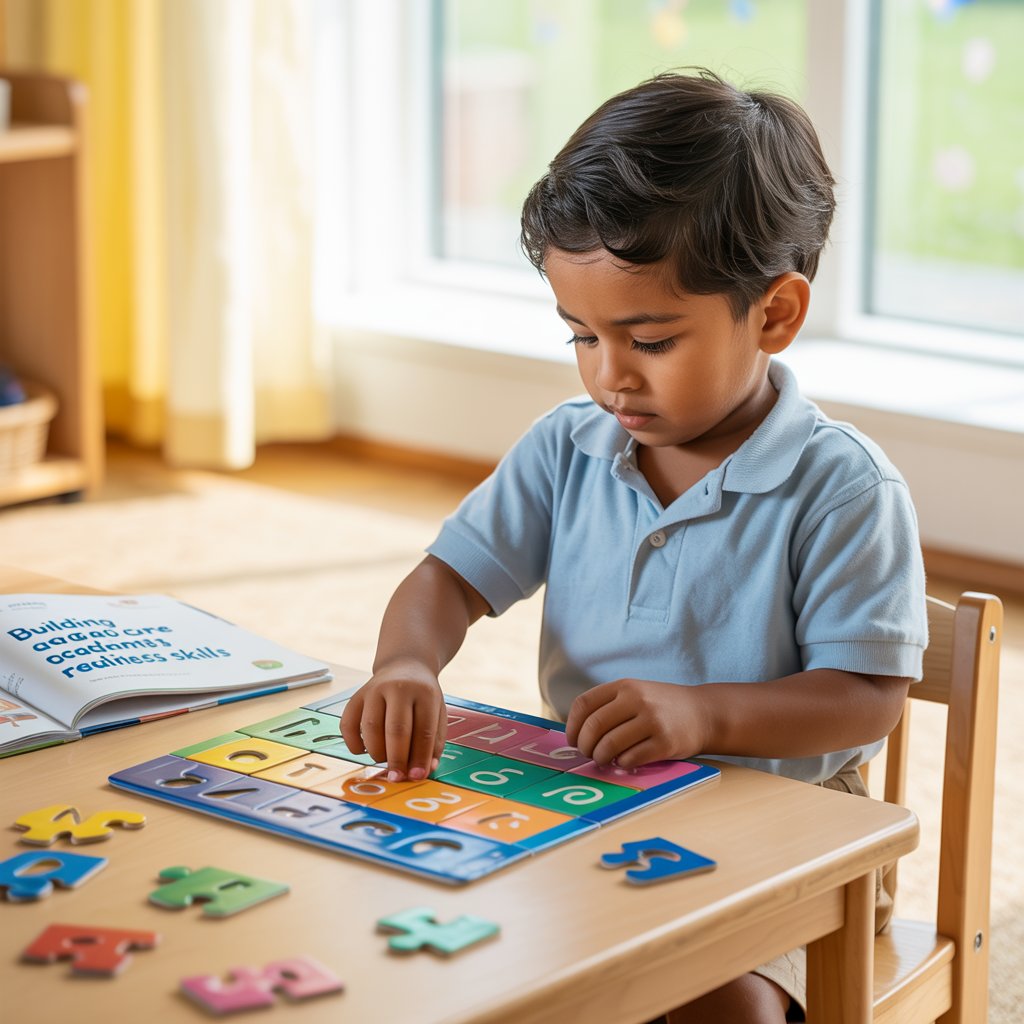Inclusive education strategies that support children with mild autism

The classroom can be overwhelming for kids with mild autism. But with the right support, they can thrive alongside their peers. Many schools now use a multi-tiered approach that blends specialized attention with mainstream experiences.
Visual schedules are game-changers for these students. A simple chart showing the day's activities creates predictability that reduces anxiety. Pair this with clear, concrete instructions and you've got a recipe for success.
Sensory considerations matter too. Designated quiet spaces, noise-canceling headphones, and fidget tools help kids self-regulate when things get overwhelming. Some teachers use flexible seating options so students can choose what works best for them.
Peer-mediated interventions are gold. When typical classmates are taught how to interact with and support their autistic peers, everyone benefits. Structured social activities like "lunch bunch" groups create safe spaces for practicing social skills.
The key is flexibility. Maybe that means extra time on tests, modified assignments, or alternative ways to demonstrate knowledge. Some kids shine when they can give a recorded presentation instead of speaking in front of the class.
B. IEP and 504 plans: securing appropriate school support
Getting the right paperwork in place makes all the difference. An Individualized Education Program (IEP) is a legally binding document that outlines specific services, modifications, and goals for your child. For kids with mild autism, this might include:
- Speech therapy sessions
- Social skills groups
- Extended time on assessments
- Specialized behavior plans
- Check-in/check-out systems with a trusted staff member
Not all children with mild autism qualify for an IEP. That's where 504 plans come in. These ensure reasonable accommodations like:
- Preferential seating
- Sensory breaks
- Visual schedules
- Alternative testing environments
- Assistive technology access
The secret to a good plan? Specificity. Instead of "provide extra time," try "provide time-and-a-half for all written assignments and tests." Be crystal clear about who's responsible for implementing each accommodation.
Parents, bring documentation to meetings. Recent evaluations, work samples, and observations strengthen your case. And remember—these plans aren't set in stone. They should be reviewed regularly and adjusted as your child grows and develops.

C. Assistive technologies that enhance learning experiences
Tech tools have revolutionized education for kids with mild autism. Text-to-speech software helps those who process information better when they hear it. Speech-to-text does the opposite, allowing students to verbalize their thoughts without getting stuck on handwriting or typing.
Organization apps keep executive functioning challenges in check. Digital calendars, task managers, and reminder systems help students track assignments and deadlines. Some favorites include:
Tablets and laptops often work wonders because they provide a structured, predictable interface. Many students with autism find typing easier than handwriting, and digital worksheets eliminate the visual clutter that can derail focus.
Virtual reality is making waves too. Students can practice social situations in safe, controlled environments before facing them in real life. Imagine rehearsing a class presentation or cafeteria interaction without the overwhelming sensory elements!
D. Transitioning between educational stages: planning for success
Transitions are tough for everyone. For kids with mild autism, they can be earthquakes. The move from elementary to middle school or middle to high school requires careful planning.
Start early—at least a year before the big change. Arrange multiple visits to the new environment when it's both busy and quiet. Take photos of key locations (lockers, bathrooms, classrooms) and create a personalized map.
Consider a staggered start. Maybe your child attends the new school for just an hour each day, gradually building up to full days. Some schools offer summer transition programs specifically for students with special needs.
A communication passport can be a lifesaver. This simple document explains your child's strengths, challenges, and effective strategies to new teachers. Include:
- Communication style preferences
- Signs of anxiety and calming techniques
- Special interests that motivate engagement
- Sensory sensitivities and solutions
Don't forget about the social piece. Connect with other parents to arrange meetups before school starts. Finding just one friendly face in the hallway can make all the difference.
The college transition deserves special attention. Many universities now offer autism support programs with specialized orientation, peer mentors, and executive functioning coaching. Start researching options during sophomore year of high school to find the right fit.







